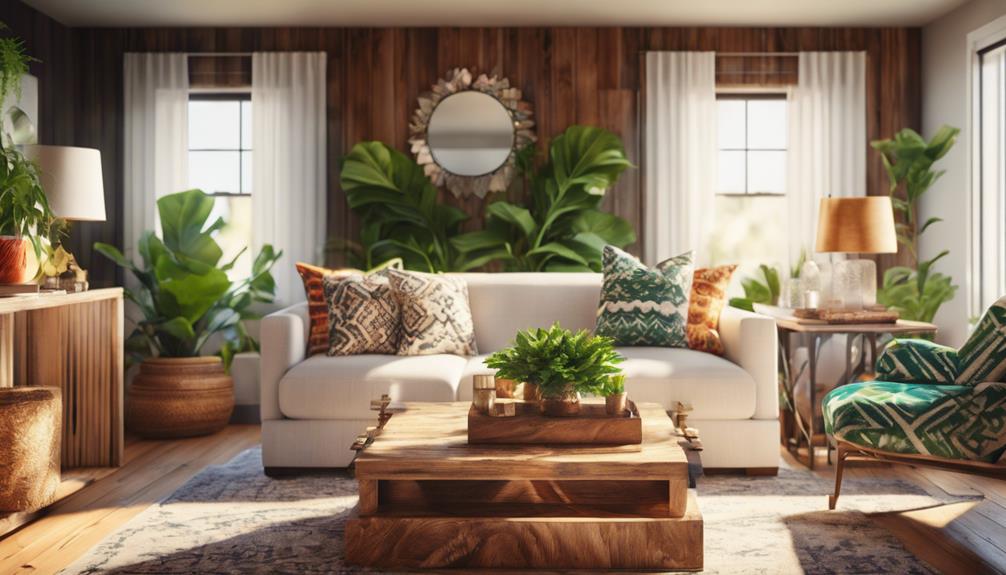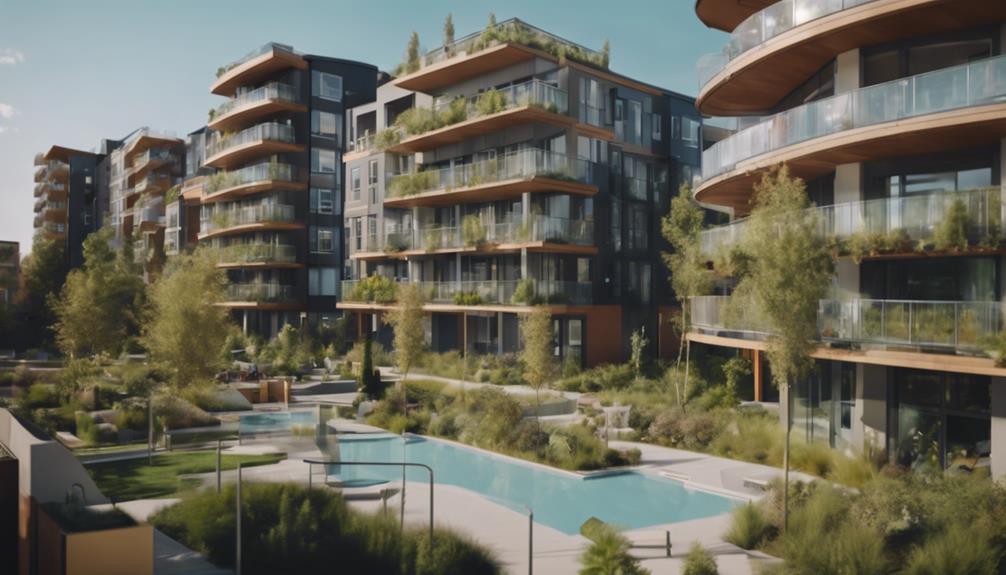As a senior nomad, you embrace a life of adventure and discovery in retirement. You can travel slowly, immersing yourself in local cultures while building connections with fellow travelers. Start with shorter trips to ease into this exciting lifestyle, and carefully plan your destinations based on your interests and budget. Embracing minimalism allows you to focus on experiences rather than possessions. Remember to prioritize your health and safety, ensuring you have access to proper healthcare. There's a wealth of inspiration and tips waiting for you, ready to guide your journey into this fulfilling lifestyle of exploration and growth.
Key Takeaways
- Senior nomads are adventurous retirees aged 60 and above, seeking cultural immersion through slow travel experiences.
- Planning for long-term travel involves creating a sustainable budget and evaluating retirement income for flexibility.
- Embracing a minimalist lifestyle and decluttering belongings enhances the nomadic experience, allowing for spontaneous adventures.
- Health and safety are priorities; regular check-ups and comprehensive travel insurance ensure peace of mind while traveling.
Definition of Senior Nomads
Senior nomads are adventurous retirees who embrace a flexible lifestyle, traveling extensively to explore new cultures and experiences after leaving the traditional workforce. Typically aged 60 and above, you might find yourself seeking excitement and personal growth after retirement. As senior nomads, you might also find yourself drawn to the new minimalist movement, which emphasizes simplicity and living with less. This lifestyle allows for more freedom and mobility, making it easier to travel and explore without being weighed down by material possessions. Embracing the new minimalist movement can enhance the adventurous spirit of senior nomads as they continue to seek out new experiences in their retirement years.
This lifestyle often prioritizes slow travel, allowing you to immerse yourself in local traditions and communities. With a focus on learning, you may engage in workshops or classes that enrich your journey.
Financial stability often enables you to choose various travel options while maintaining health and wellness on the road. As a senior nomad, you likely value connections with fellow travelers, forming a supportive community that enhances your explorations and shared experiences around the globe.
Planning for Long-Term Travel
To embark on long-term travel, it's essential to start with smaller trips that help you ease into the nomadic lifestyle. These short adventures will allow you to practice packing light and discover your travel preferences.
Next, evaluate your retirement income, including savings and social security, to create a sustainable budget. List potential expenses like accommodations and transportation, and set a daily budget based on your income.
Don't forget to plan for unexpected costs, as flexibility can enhance your travel experience.
Lastly, consider any necessary lifestyle adjustments, such as downsizing or renting out your home, to simplify your journey.
With careful planning, you'll set the stage for an enriching and enjoyable long-term travel experience.
Choosing Travel Destinations

Choosing the right travel destinations can greatly enhance your nomadic experience and ensure you make the most of each adventure.
Start by creating a wanderlist that reflects your interests, whether it's culture, cuisine, or nature. Research potential locations for their cost of living, healthcare options, and local attractions.
Consider destinations that offer a slower pace, allowing you to immerse yourself fully in the local culture. Popular choices for senior nomads include Europe, Asia, and South America, where you can find comfortable short-term rentals.
Don't forget to factor in your mobility needs and preferred travel style—group tours or RV travel can provide both flexibility and social interaction.
Prioritize experiences that resonate with you, making each trip unforgettable.
Adjusting to Nomadic Lifestyle
Adjusting to a nomadic lifestyle requires embracing flexibility and a minimalist mindset to fully enjoy the freedom of travel.
You'll need to downsize your belongings, focusing on experiences rather than possessions. Start by decluttering your home and deciding what's essential. This process not only lightens your load but also prepares you mentally for a life on the move.
Embrace spontaneity; plans may change, and that's okay. Prioritize comfort and familiarity in your accommodations, but remain open to new experiences.
Connect with fellow travelers to share insights and forge friendships. Lastly, cultivate a sense of adventure—each new destination is an opportunity for growth, learning, and unforgettable memories.
This lifestyle can be deeply rewarding if you approach it with the right mindset.
Overcoming Travel Challenges

Overcoming travel challenges requires proactive planning and a positive mindset to navigate obstacles effectively.
Start by prioritizing your health; research healthcare options at your destinations and consider travel insurance that covers medical expenses. Stay physically active to manage mobility concerns, and choose accommodations that cater to your needs.
Flexibility is key; be prepared for changes in plans due to weather or transportation delays. Budgeting for unexpected expenses helps alleviate financial stress, so keep a cushion in your travel fund.
Lastly, combat feelings of loneliness by connecting with fellow travelers through social media or local meet-ups. Embracing these strategies will empower you to enjoy your adventures, turning challenges into opportunities for growth and exploration.
Community and Resources
Building a supportive community is essential for senior nomads, as it offers valuable resources and connections that enhance the travel experience. Surrounding yourself with like-minded individuals can make your adventures more enjoyable and fulfilling.
Here are three ways to tap into community resources:
- Online Forums and Social Media Groups: Join platforms where senior nomads share tips, experiences, and travel advice.
- Local Meet-ups and Workshops: Participate in events focused on travel, culture, or hobbies that interest you, fostering friendships and connections.
- Travel Agencies Specializing in Senior Travel: Utilize agencies that cater to seniors, providing tailored itineraries and support to ease planning.
Embracing these resources can significantly enrich your nomadic journey, helping you explore the world with confidence.
Health and Safety Considerations

Health and safety are crucial for senior nomads, as staying healthy and secure on the road ensures a fulfilling travel experience.
Before you embark on your journey, consider scheduling regular check-ups with your doctor and discussing any vaccinations or medications you might need.
Keep a well-stocked first-aid kit handy, and familiarize yourself with local healthcare facilities in your destination. It's also wise to invest in comprehensive travel insurance that covers health issues and emergencies.
Always stay aware of your surroundings and avoid risky situations.
Staying hydrated, eating balanced meals, and maintaining an active lifestyle will help you stay fit.
Lastly, connect with local communities to find support and resources that enhance your travel experience.
Conclusion
In retirement, you can choose between a quiet life at home or the vibrant adventures of a senior nomad.
Imagine sipping coffee in a bustling market one day and unwinding on a serene beach the next.
By embracing this lifestyle, you'll discover the thrill of new cultures while nurturing your health and wellness.
So, pack your bags and step into a world where every journey becomes a cherished memory, proving that adventure doesn't end; it just transforms.










